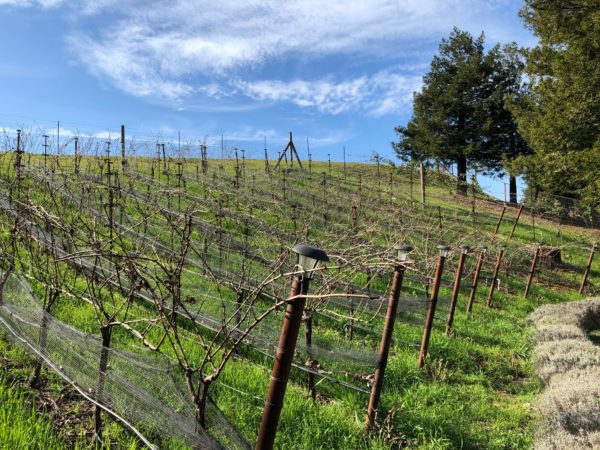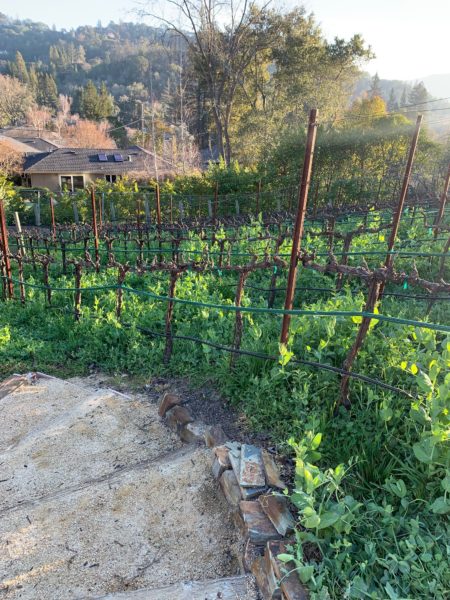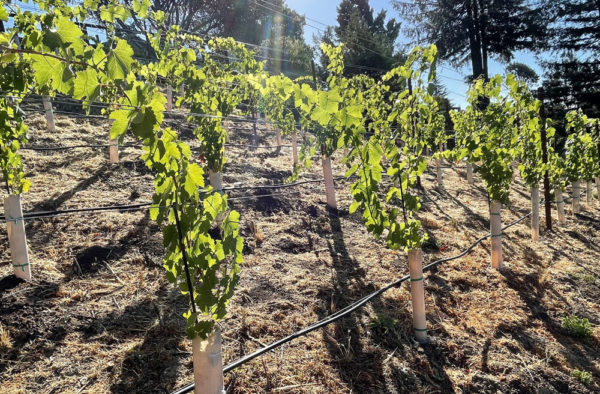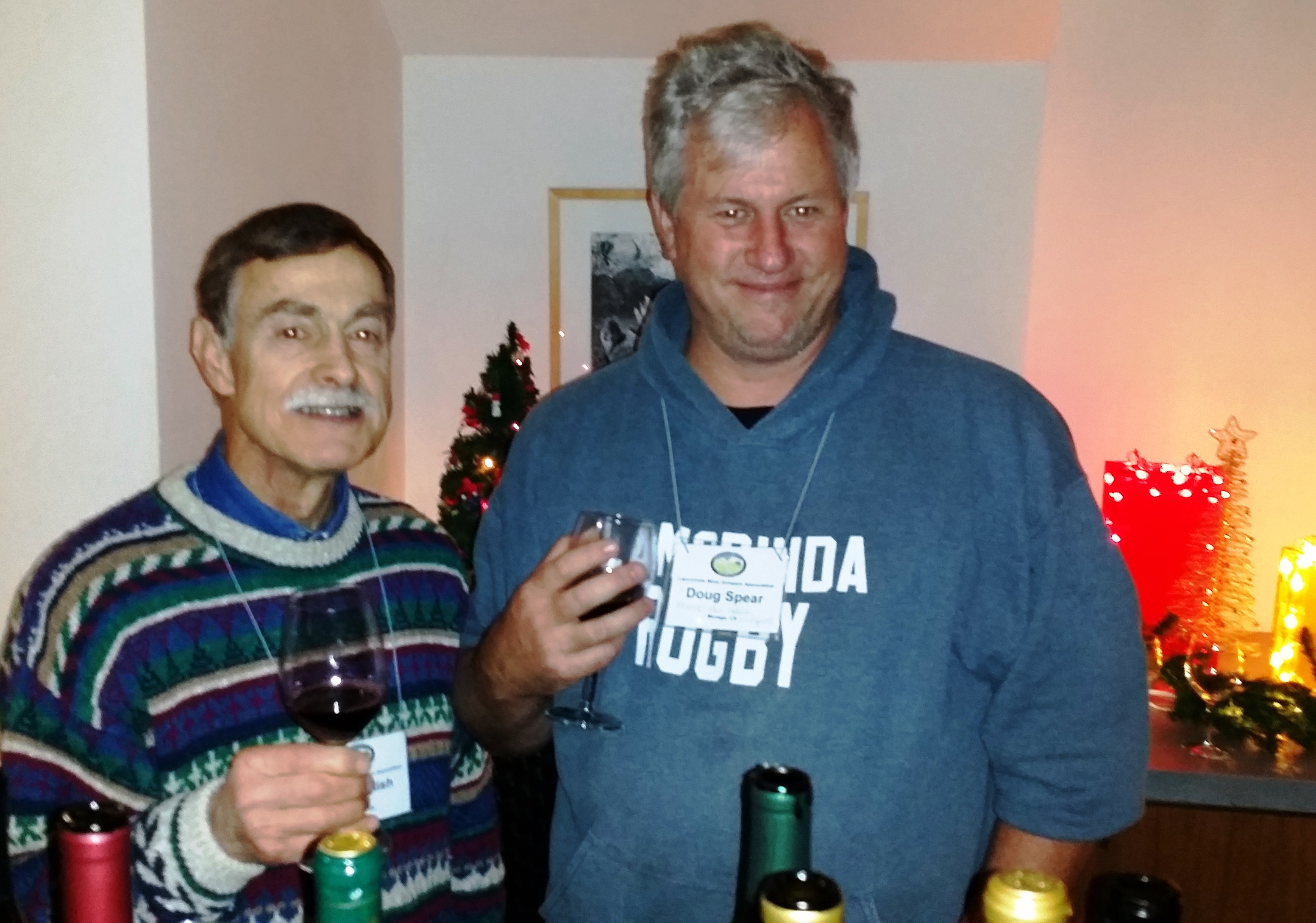Hi all, another call out to see if we could borrow a few things for the AVAnniversary event May 1, particularly event chairs. Here’s the link, please sign up if can! Tickets will be available for sale shortly
https://www.signupgenius.com/go/4090f4babab2aa3f85-lamorinda




